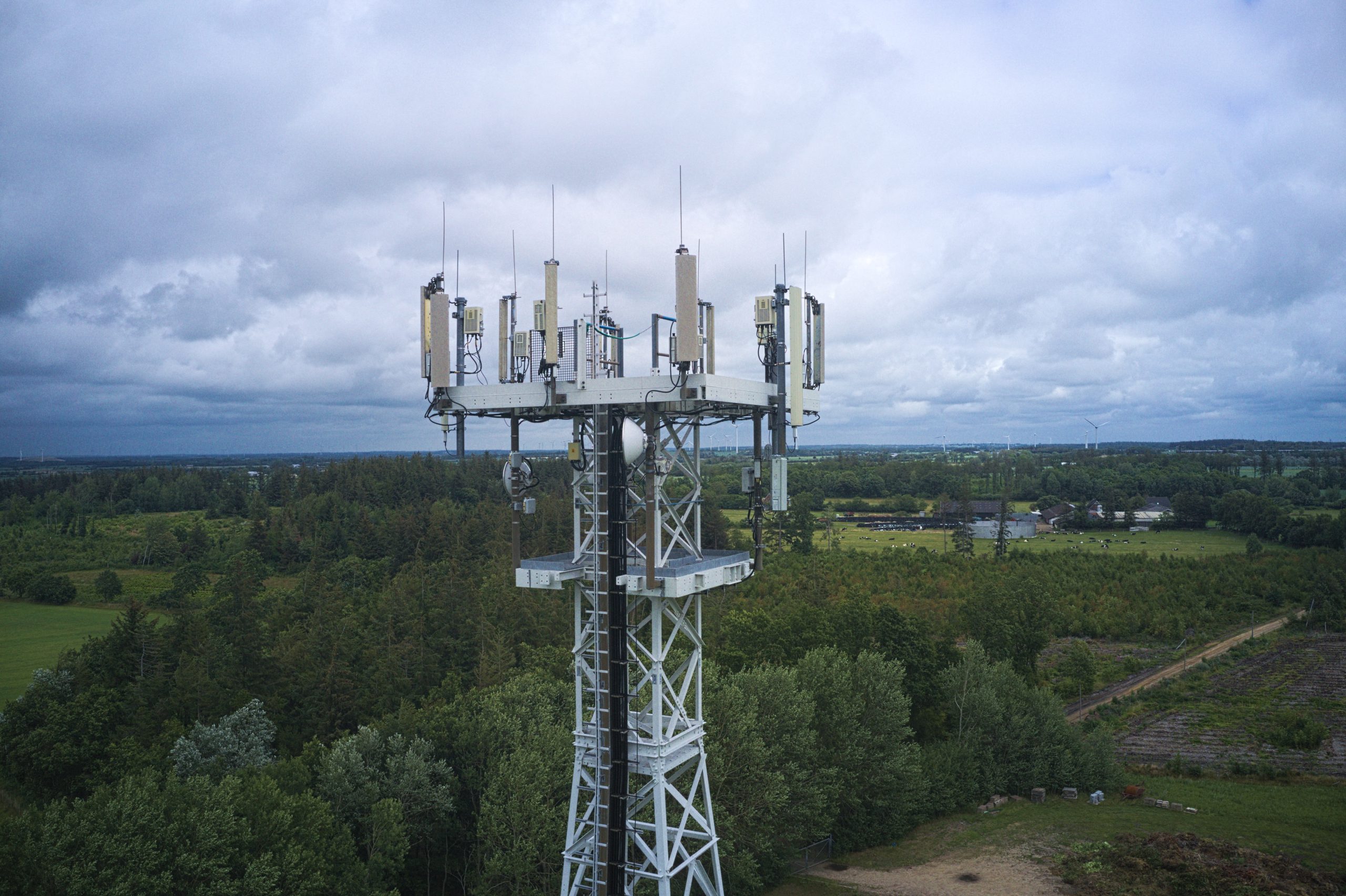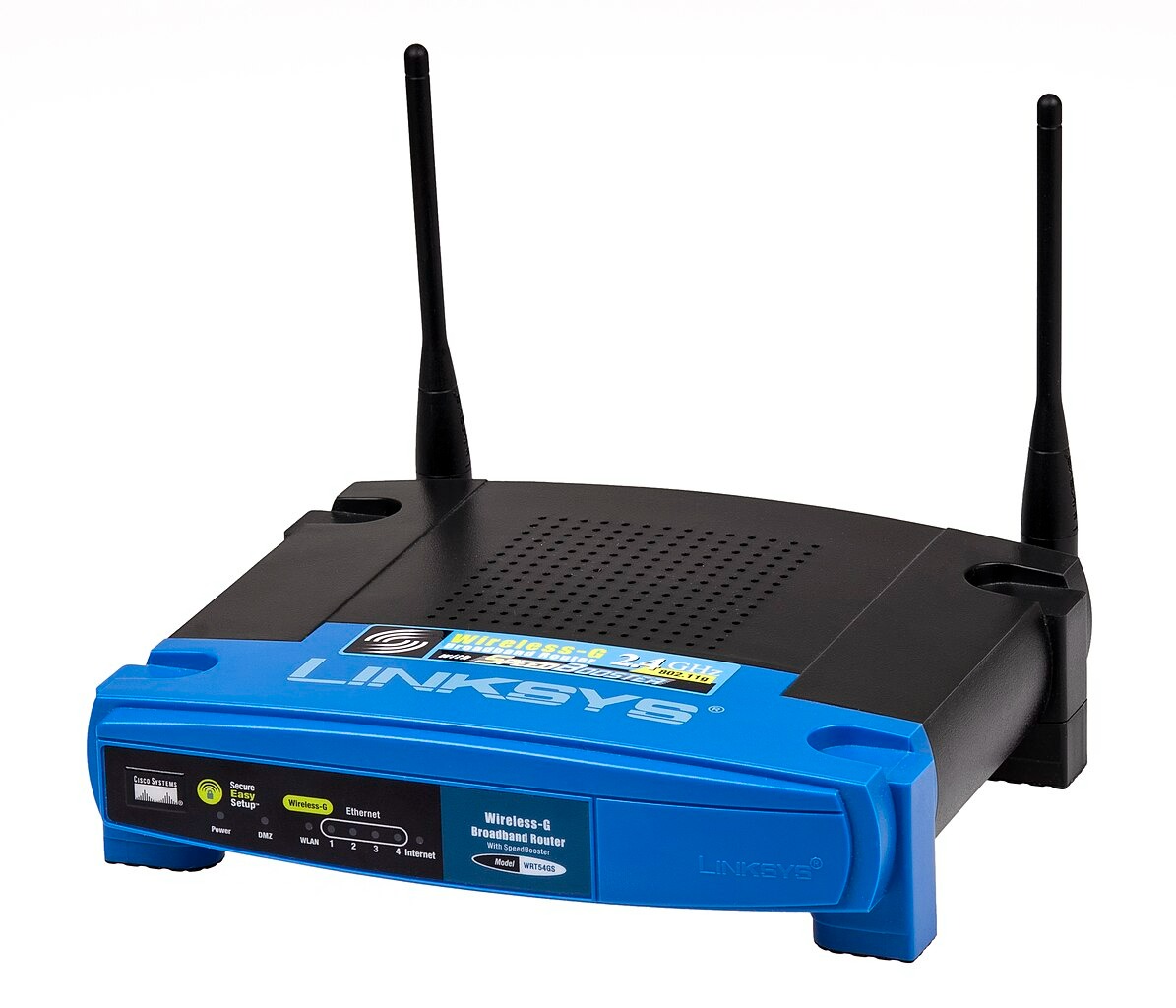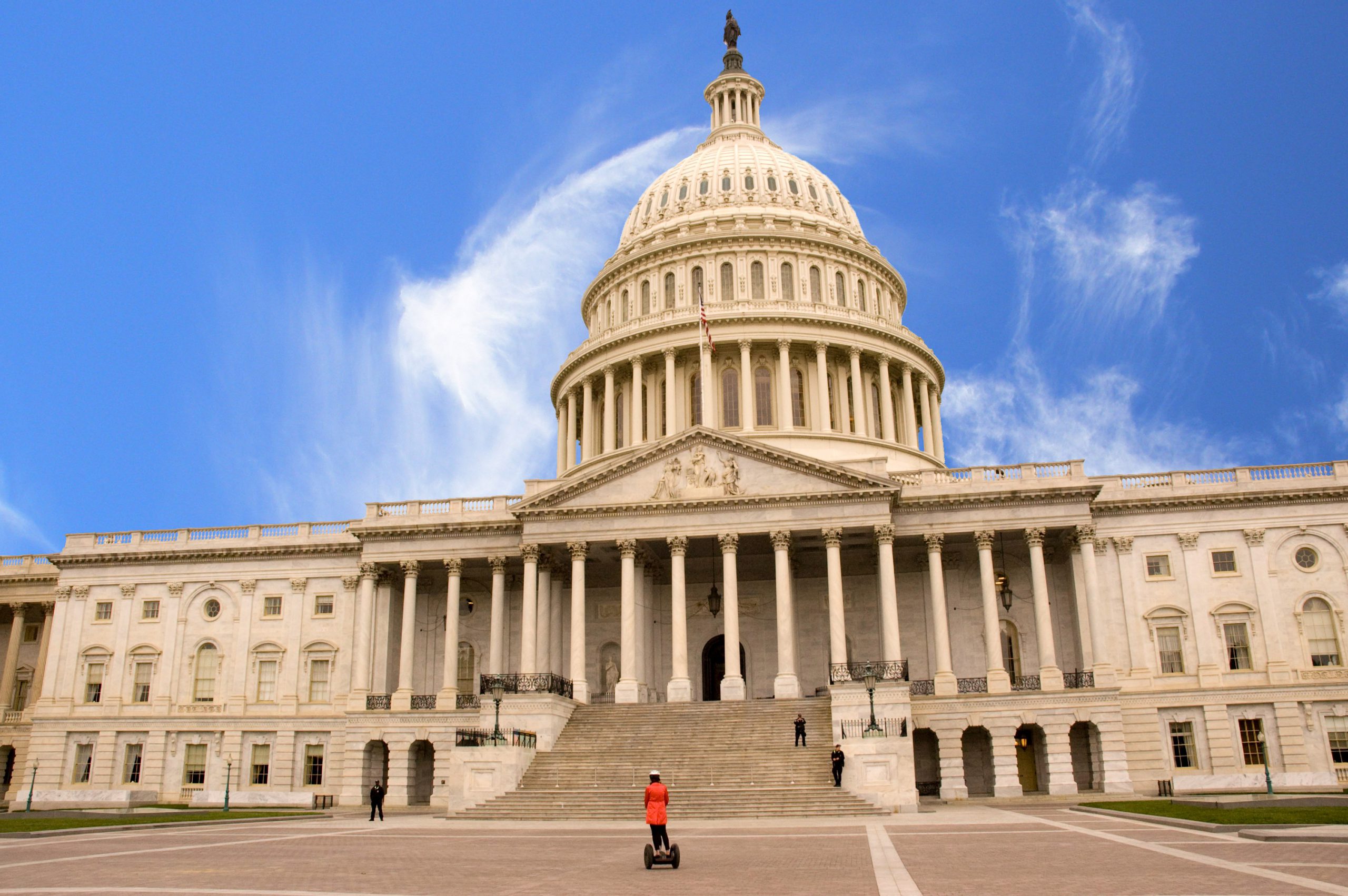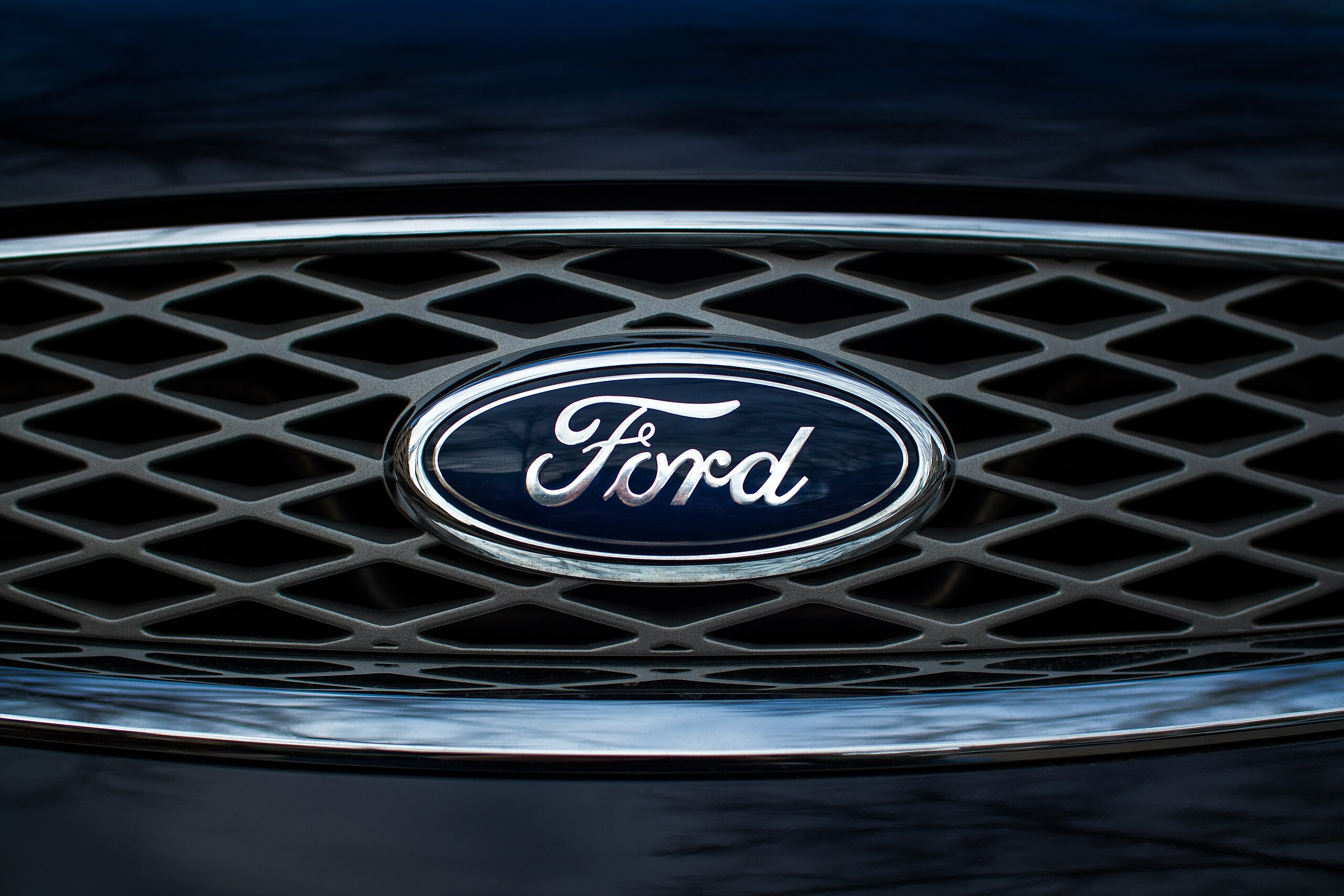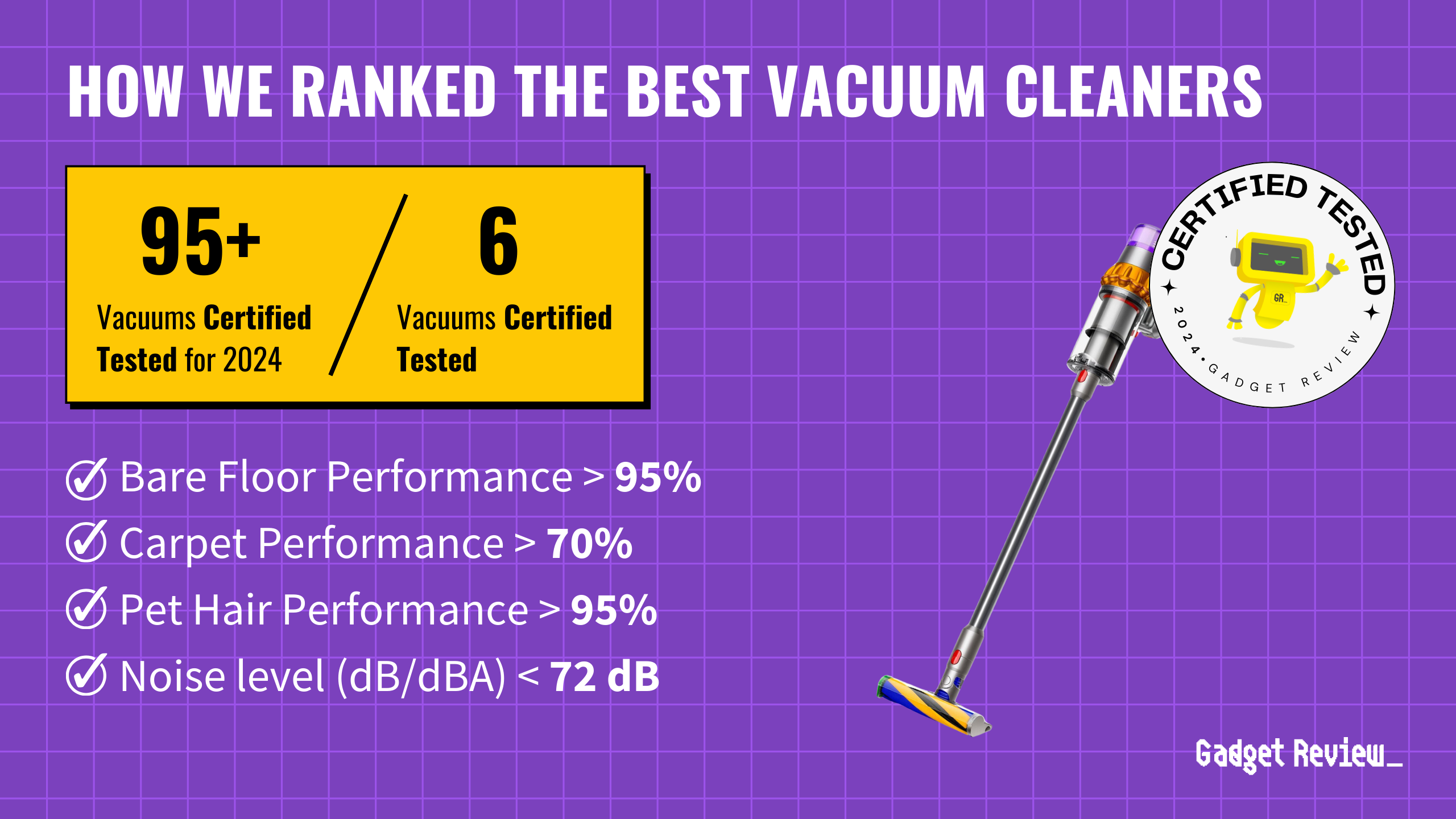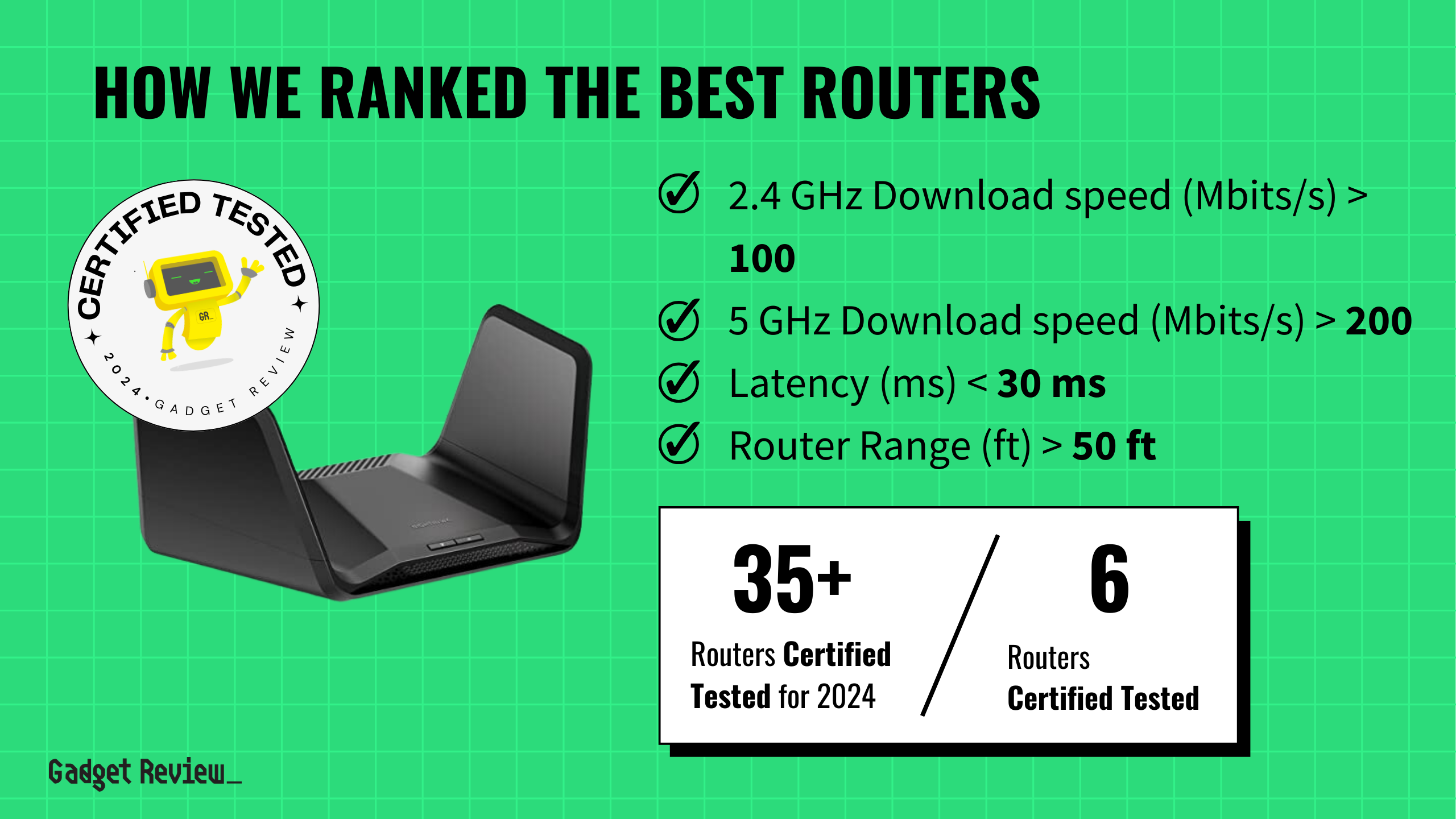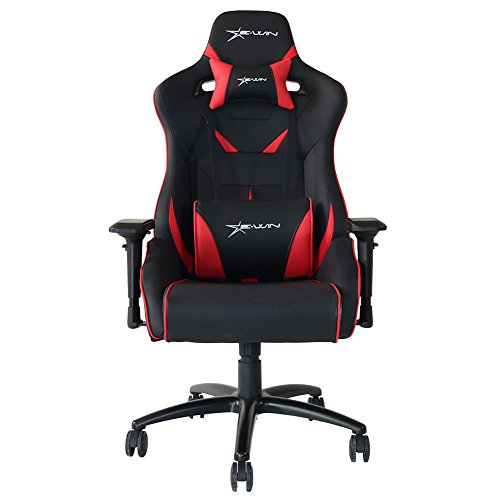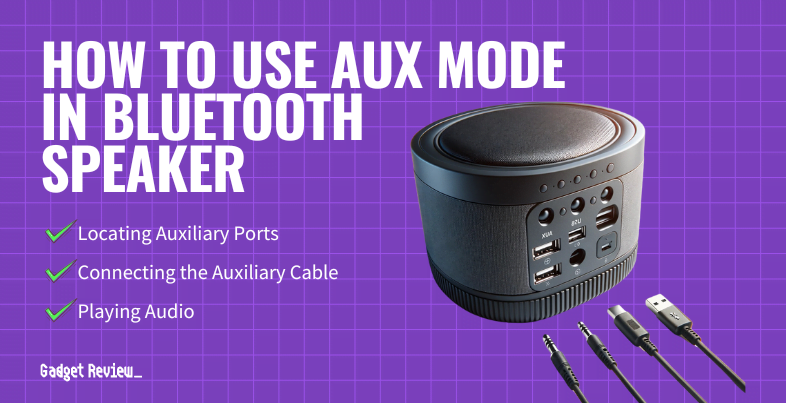Despite decades of aviation tech advances, airlines are actually flying slower than they did 20 years ago. You’re not imagining that endless feeling during your cross-country flight—commercial airlines have deliberately throttled back their cruise speeds by 10-15% since the early 2000s.
The reason isn’t some conspiracy to torture passengers in cramped middle seats. It’s cold, hard economics wrapped in environmental PR, where airlines discovered that flying slower means burning significantly less fuel. Your extra 20 minutes to Orlando is the price you pay for cheaper tickets and airlines’ bottom lines.
12. The Mystery of Slower Skies

Modern aircraft engineering should make flights faster, but your cross-country route that used to take 5 hours and 30 minutes now gets scheduled for 6 hours and 5 minutes. This isn’t some technological step backward—modern planes are engineering marvels that make early 2000s jets look like flying bricks with terrible fuel efficiency.
According to aviation industry analyst Sarah Chen from FlightPath Analytics, “Airlines realized they could save millions annually by reducing cruise speeds just 5-8%, and most passengers never noticed the difference in their travel experience.” The real culprit is airline bean counters who discovered that when you’re moving hundreds of tons of metal through the air, even small speed reductions create massive savings that directly impact profit margins. If you’re booking connecting flights, remember that longer schedule times actually help reduce missed connections.
11. The Economics of Throttling Back

Fuel costs eating into your travel budget? Airlines cracked the code on something cargo ships figured out during the 2008 fuel crisis: slower transportation equals dramatically cheaper operations. Reducing cruise speed from 525 mph to 475 mph boosts fuel efficiency by up to 15%, which translates to real money when you’re operating hundreds of daily flights.
For a Boeing 737 burning through $17,000 in fuel on a transcontinental flight, that speed reduction saves roughly $2,500 per trip. This mirrors what happened when fuel prices spiked and container ships adopted “slow steaming”—cutting speeds by 20% to save money while maintaining profitable operations. Airlines just copied the playbook, trading time for cash in a way that passengers rarely notice but shareholders absolutely love. Budget-conscious travelers benefit directly from these fuel savings through lower ticket prices.
10. The Fuel Efficiency Imperative

If you’ve wondered why ticket prices fluctuate wildly, fuel burns through 20-30% of an airline’s operating budget, making it the biggest expense after paying crews and maintaining aircraft. When jet fuel prices spike unexpectedly, profit margins vanish faster than free snacks in economy class, forcing airlines to find creative ways to cut operational costs.
Slower flights save $25-40 per passenger on cross-country routes, which translates to actual ticket price reductions that consumers see at booking. Modern aircraft like the Boeing 787 Dreamliner and Airbus A350 burn 20-25% less fuel than older generations, but they achieve this efficiency partly by cruising at more modest speeds rather than pushing maximum velocity limits. Rising fuel costs make efficiency improvements absolutely critical for airline survival.
While jets like the Dreamliner prioritize efficiency, the evolution of cutting-edge flying machines continues to push the boundaries of what’s possible in aviation.
9. Environmental Concerns

Climate impact just got measurable: aviation contributes 2.5% of global carbon emissions—a figure projected to triple by 2050 without significant changes to industry practices. Slower flights burn less fuel and produce fewer emissions, giving airlines an easy environmental win without requiring major infrastructure investments or fleet overhauls.
Each 5% reduction in cruise speed cuts carbon emissions by roughly 11%, creating meaningful environmental benefits at scale. For perspective, a single round-trip flight between New York and London generates the same carbon footprint as heating an average European home for an entire year, making efficiency improvements critically important for climate goals. Environmentally conscious travelers can feel slightly better about flying when airlines prioritize efficiency over speed.
8. Speed vs. Efficiency: The Physics Problem

Physics refuses to negotiate with airline accountants, and the relationship between aircraft speed and fuel consumption proves it’s exponential and ruthlessly unforgiving to airlines trying to maximize profits. Pushing an aircraft faster through the atmosphere creates dramatically more drag, demanding substantially more fuel to overcome the increased air resistance.
Increasing speed by 10% can spike fuel consumption by 20% or more, destroying profit margins instantly. Airlines found their sweet spot at Mach 0.78-0.80 (roughly 580-600 mph), down from Mach 0.84-0.85 in the early 2000s when fuel costs were lower and environmental concerns less pressing. Speed demons will have to wait for new technology breakthroughs to see faster commercial flights return.
7. Schedule Padding: The Airline’s Insurance Policy

Suspiciously longer flight times hiding something? Check your flight tracking app and you’ll spot airlines routinely padding schedules by 15-30 minutes compared to a decade ago. This built-in buffer protects on-time performance statistics without actually making flights more punctual or improving operational efficiency.
That Los Angeles to New York route that took 5 hours 30 minutes in 2003 now gets scheduled for 6 hours 5 minutes using similar or even better aircraft. Airlines aren’t lying about flight duration—they’re managing passenger expectations while gaming their on-time ratings to avoid Department of Transportation penalties. Smart travelers can often arrive “early” by booking flights with generous schedule padding.
6. Air Traffic Congestion

Crowded skies create delays, and the numbers prove it: commercial flights increased by over 30% since 2000, creating traffic jams at 30,000 feet that force longer routing and extended holding patterns during peak travel periods. Major hubs like Atlanta, Chicago O’Hare, and JFK handle over 2,500 takeoffs and landings daily, pushing air traffic control systems to their operational limits.
This congestion forces planes into longer, less direct routes and more time-consuming holding patterns, especially during bad weather when runway capacity gets severely restricted. Avoiding peak travel times can dramatically reduce your exposure to congestion delays.
5. The Golden Age of Speed

Speed records once defined aviation excellence, especially during the golden age of flying. But commercial aviation’s obsession with velocity peaked with the Concorde, which cruised at Mach 2.04 (1,354 mph) and crossed the Atlantic in just 3.5 hours. The supersonic era ended abruptly in 2003 after a perfect storm of economic challenges, safety concerns following the 2000 crash, and dramatically reduced travel demand after 9/11.
Today’s airlines prioritize efficiency over speed records, focusing ruthlessly on cost-per-seat-mile rather than bragging rights for crossing oceans in record time. The aviation industry evolved from its adrenaline-fueled youth to calculated middle age, where quarterly earnings reports matter infinitely more than setting new speed benchmarks. Nostalgia for faster flights won’t change the fundamental economics driving today’s industry.
4. Budget Airlines and the Race to the Bottom

If you’re hunting for the cheapest possible fares, low-cost carriers revolutionized airline economics by stripping away everything except basic transportation from point A to point B. These airlines discovered that most passengers will gladly choose cheaper tickets over faster flights, especially for short to medium-haul routes where time differences remain minimal.
Budget airlines typically fly at the most economical speeds, sometimes 5-8% slower than legacy carriers who still maintain some premium service standards. Their business model depends entirely on maximizing aircraft utilization through lightning-fast turnarounds, not speed in the air where fuel costs eat into already thin profit margins. Ultra-low-cost carriers prove that passengers prioritize savings over speed on most routes.
3. Passenger Experience and Demand Shifts

Entertainment beats speed for today’s travelers, as modern passengers prioritize dramatically different amenities than previous generations of air passengers. In-flight Wi-Fi and entertainment options became more important than shaving a few minutes off flight time, fundamentally changing how airlines allocate their investment dollars.
Airlines responded by pouring money into connectivity and cabin amenities rather than speed improvements that passengers barely notice. A slightly longer flight with reliable Wi-Fi and on-demand movies actually feels shorter than a quicker flight where you’re staring at the seat back, counting minutes until landing. Modern passengers would rather be entertained than rushed through the skies.
2. Supersonic Regulation and Policy

After the Concorde’s retirement, regulations around supersonic flight over land remained strict, effectively preventing the development of new supersonic passenger aircraft. These rules exist because sonic booms can shatter windows and cause property damage on the ground.
Companies like Boom Supersonic are developing new supersonic passenger jets with plans to begin service by 2029, promising New York to London in 3.5 hours. However, they’ll face the same regulatory hurdles that have kept commercial supersonic flight grounded for two decades.
1. The Future of Aviation: Speed vs. Sustainability

Green technology promises zero emissions but slower speeds, as aviation stands at a critical crossroads between speed and environmental sustainability. Electric aircraft promise zero-emission flight but will likely fly significantly slower and cover much shorter distances than current jets, fundamentally changing how we think about air travel.
Supersonic flight might make a dramatic comeback with “low boom” technologies that reduce ground noise impact to acceptable levels. Meanwhile, hypersonic concepts operating at Mach 5+ continue developing in military and space applications, though commercial applications remain decades away from passenger service. Revolutionary propulsion technology could eventually solve the speed-versus-sustainability dilemma.








